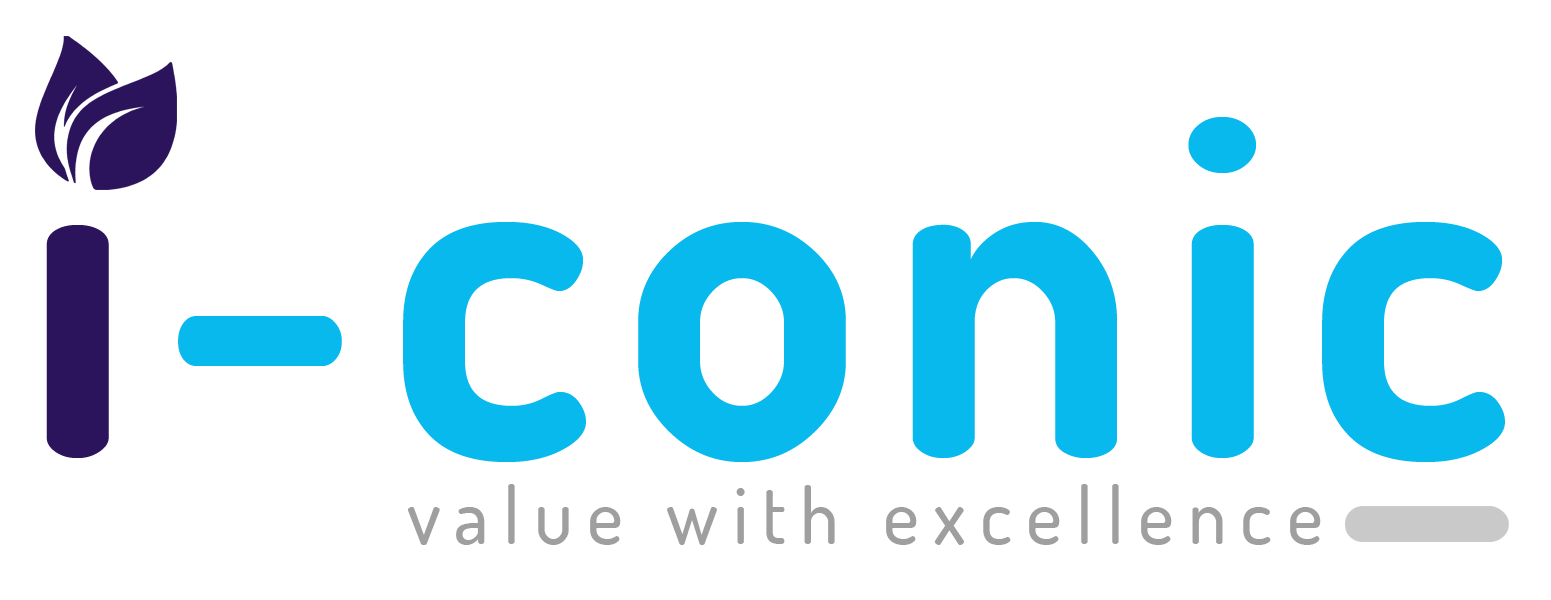Insurance eligibility verification is the crucial, proactive administrative task of confirming a patient’s active coverage, benefits, and financial responsibility before services are rendered. Effective insurance eligibility verification services are the first line of defense against claim denials, ensuring your practice secures payment and maintains a healthy Revenue Cycle Management (RCM). This comprehensive guide outlines the essential steps your practice needs to master for a streamlined and profitable billing workflow.
RCM's Foundation: Mastering the Insurance Eligibility Verification Process.
For every medical practice, the health of the revenue cycle begins at the front desk. A flawed or skipped insurance verification process will inevitably lead to costly, time-consuming back-end rework. Making a robust system for medical eligibility verification a top priority demonstrates professionalism and financial acumen.
The Critical Impact on Claim Denials and Cash Flow
The primary goal of accurate verification is to reduce financial risk. When staff successfully verify patient insurance eligibility upfront, they drastically increase clean claim rates and the percentage of claims paid on the first submission.
- Reduce Denials: Eligibility and benefit errors are a leading cause of claim denials. Verifying policy status, coverage dates, and benefit limits eliminates this risk.
- Improve Cash Flow: Clean claims mean faster reimbursement. This quick turnaround stabilizes your practice’s cash flow, allowing for better financial planning.
Enhancing Patient Satisfaction and Transparency
Proactively checking how to verify insurance coverage serves the patient as much as the practice. Patients want transparency regarding healthcare costs, especially with rising deductibles.
- Prevent Surprise Bills: When staff complete a thorough check of a patient’s coverage and benefits, they can accurately estimate the patient’s out-of-pocket costs.
- Build Trust: Communicating financial responsibilities clearly before an appointment is a sign of a patient-centric practice, fostering long-term patient loyalty.
The Essential Eligibility and Benefits Verification Process
A standardized, multi-step workflow is key to success. This proven insurance eligibility verification process ensures every check is comprehensive and documented.
Step 1: Collect Comprehensive Patient Information
The first step required to verify patient eligibility is gathering complete and accurate demographic and insurance data. This should be done at the time of scheduling.
Collect the patient’s full name, date of birth, and contact information.
Get a copy (front and back) of the primary and any secondary insurance cards.
Verify the insurance ID, group number, and the full name of the subscriber (if different from the patient).
Step 2: Confirm Active Coverage and Benefits
Instead of fixed salaries, your cost shifts to a transparent percentage of your collections. This means your RCM partner only makes money when you do. This performance alignment is the core benefit of RCM Outsourcing.
This is where you execute the actual verifying medical insurance check. Your goal is to confirm the policy is active and applicable to the date of service.
- Check policy status: Is the insurance active, and are the effective dates current?
- Confirm services covered: Specifically determine which services (e.g., lab work, specialty visits) are covered and if any exclusions or limitations apply.
- Identify network status: Confirm the patient’s plan is in-network for your practice.
Step 3: Determine Patient Financial Responsibility
A successful check of how to verify insurance eligibility and benefits must conclude with a clear picture of what the patient owes.
- Deductibles: Determine if the deductible has been met for the current benefit year.
- Co-pays and Co-insurance: Identify the patient’s required co-payment or the percentage of co-insurance they must pay.
- Out-of-Pocket Max: Note the patient’s out-of-pocket maximum limit.
Step 4: Secure Necessary Prior Authorization
Many services require prior or pre-authorization from the payer. Missing this step is a guarantee for a claim denial.
- Check the patient’s plan for services, procedures, or medications that require a referral or pre-authorization number.
- Obtain the authorization before the service is delivered and record the authorization number directly in the patient’s file.
Step 5: Document and Communicate Findings
Detailed record-keeping and clear communication are non-negotiable best practices.
- Document the date and time of verification, the method used (e.g., payer portal, phone), and the name of the insurance representative or the reference number.
- Clearly inform the patient of their estimated financial responsibility and obtain acknowledgment before the service.
Best Practices for Effective Patient Eligibility Verification
While the steps are clear, the administrative burden is significant. Implementing efficiency-boosting strategies and technology is vital. Many practices opt for insurance eligibility verification services offered by a professional insurance verification company to ensure consistency and compliance.
Utilizing Patient Eligibility Verification Software
The most effective method for patient eligibility verification today is automation. Patient eligibility verification software offers real-time or near-real-time checks directly with payers.
- Speed and Accuracy: Automated systems instantly connect via HIPAA-compliant standards (like the X12 270/271 transaction), eliminating manual errors and long phone calls.
- Integration: Look for solutions that integrate seamlessly with your Electronic Health Record (EHR) and billing system for a truly one-source insurance verification workflow.
The Importance of Verifying Medical Insurance Multiple Times
Insurance status can change monthly, weekly, or even daily due to job changes, life events, or payer updates.
- Check 1: At Scheduling: Initial verification secures the appointment.
- Check 2: 24-48 Hours Before Service: A re-verification catches any last-minute changes to coverage or status.
Frequently Asked Questions
Insurance verification is the process of contacting a patient’s insurance carrier to confirm that the patient is currently covered, that the policy is active, and to understand the benefits, co-pays, deductibles, and authorization requirements for the specific services being provided.
The first step is the collection of comprehensive patient information, including the patient’s full demographics and accurate copies (front and back) of all insurance cards, specifically noting the policy ID and group number.
Methods include:
- Payer Portals: Logging into individual insurance company websites.
- Phone Verification: Calling the payer’s provider services line (the most time-consuming method).
- Automated Systems: Utilizing practice management or RCM software that uses the HIPAA standard X12 270/271 electronic transaction.
The standard HIPAA electronic transaction used to check a patient’s insurance coverage and benefits is the 270/271 transaction set. The 270 is the eligibility inquiry sent by the provider, and the 271 is the response sent by the payer.






